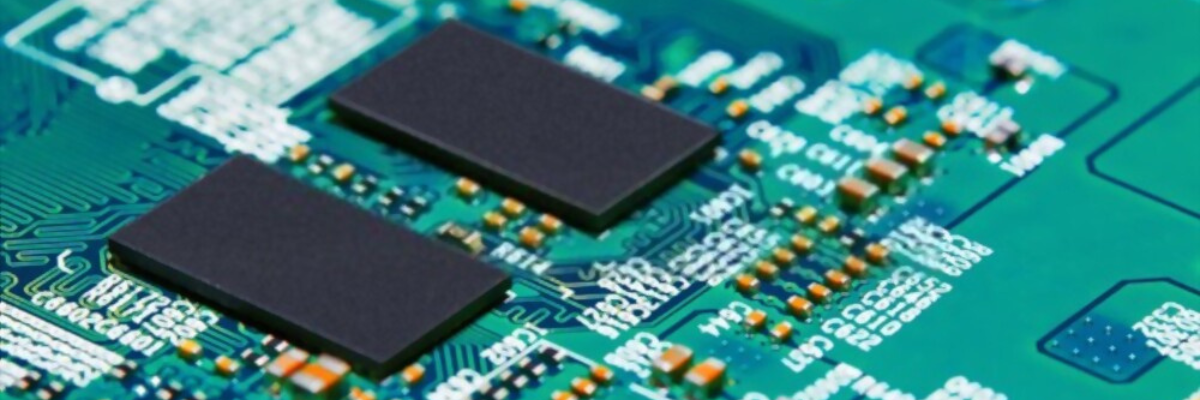An Overview of Panel Requirements for Assembly

An Overview of Panel Requirements for Assembly
Array panelization is employed during high-volume PCB assembly where the whole panel is assembled using automated equipment. The panel comprises small boards, which can be easily removed or depanelized from the array during their installation into a product or while packaging. The PCB panelization helps electronic manufacturers to reduce the time and money required for bulk assembly. Although the array panels may look the same, there are several things to remember while working with them. The post introduces you to the panel requirements for assembly.
Important Panel Requirements for Assembly
To enhance the manufacturing and assembly efficiency of PCBs, it is quite important to know the exact panel requirements for assembly. It offers several benefits, including enhanced production, easy handling, and reduced manufacturing costs, here are some common panel requirements for PCB assembly.
-
Size: Depending on the size and number of PCBs that will be constructed, it is important to determine the size of the panel. 12x9, 12x18, 24x9 and 24x18 are some common panel sizes. The panel size must be chosen wisely. They must be compatible with pick-and-place machines and reflow ovens.
-
Types of PCB assembly panels: There array panels are available in various types, such as single-up PCB panels and multi-up PCB panels. The single-up PCB panels can accommodate a single circuit board in a single design is assembled. However, multi-up PCB panels can accommodate multiple boards of the same design. The choice of the right panel type would depend on your application requirements. Single-up PCB panels are more appropriate for low-board assemblies.
In addition to the above, the panel requirements for assembly include:
-
Panel with V-CUT/V-GROOVE: V-scoring, also known as V-cut or V-groove, is the most common panel type. Each board in the panel is connected to the others by a V-shaped line that can be easily broken to separate the PCB. The V-cut panels are ideal for regular panel designs. The space between the PCB must be maintained at 0.3mm and a V-cut angle must be maintained at 30 degrees. Minimum board size recommended for these types of boards are 75mm*75mm.
-
Panel with Tab Route: The panel with tab route are provided in two options – tab-route with tabs (no holes) and tab-route with breaking holes (stamp holes). For tab-route with breaking holes, the hole diameter must be between 0.55mm and 0.6mm; the spacing between the breaking holes must be more than or equal to 0.25mm; and the number of breaking holes in each tab must be maintained at 6. For the tab-route with tabs (no holes), the tab width should be maintained at 2mm.
-
Panel with Tab Routes and V-Scoring: This panel comprises tab routes and V-scoring. The tab route area must be maintained at 1.6mm, and V-scoring area maintained at 3mm.
Other panel requirements for assembly
The following are some other panel requirements for assembly:
-
Fiducial Markers: These are the reference points on a circuit board, which are identified by the automated equipment. There are two types of fiducial markers – local fiducial markers and global fiducial markers. The local fiducial markers are referred by the automated machines to identify the footprint of these packages. However, the global fiducial markers are positioned on the edge of the board, and help identify the PCB orientation with respect to the XY axis.
-
Tooling Holes: These holes are located on the panel edges. They help the machines to hold the panel for alignment. Generally, tooling holes are non-plated and are necessary for assembly and drilling processes. The tooling holes have no standard size. Their dimensions may vary across manufacturers.
Panelization streamlines the production process, improves yield and quality control, simplifies component sourcing, and facilitates efficient testing and debugging. If you have been planning high volume PCB assembly than array panelization can be the best choice. You can partner with a trusted PCB assembly service provider like Twisted Traces to perform the high-volume PCB assembly services. Contact them today to discuss your panel requirements or to learn about the benefits of array panelization in high-volume PCB assembly.
.png)



.png)
